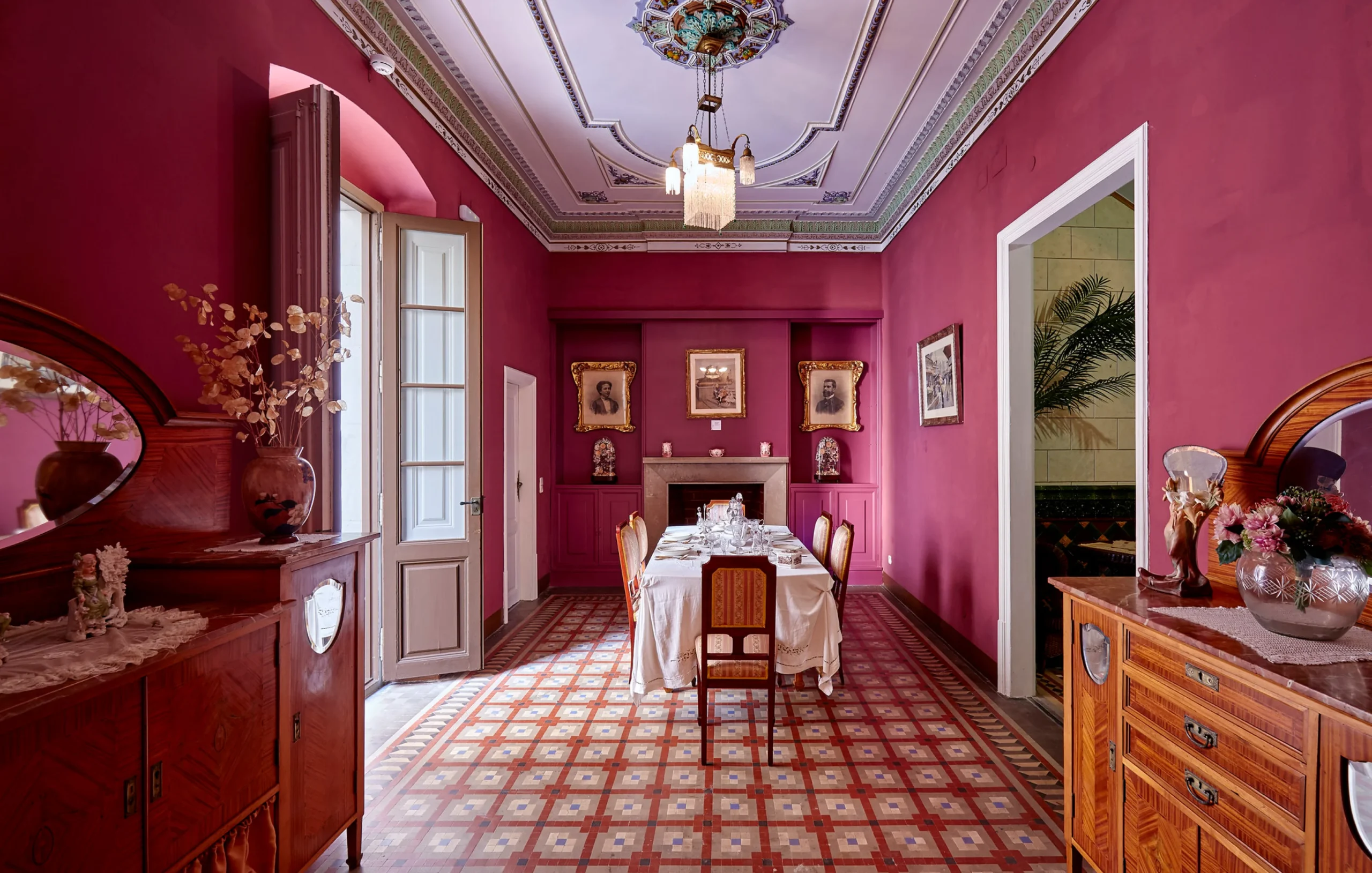

Blog


The province of Girona offers a fascinating route that covers the Indian, modernist and noucentista legacy of the region, where we get to see emblematic buildings and places that reflect the different stages of the architectural and cultural history of Girona.

Can Font, Lloret de Mar. Lloret Turisme
Lloret de Mar: a stately home and a modernist parish
We start the route in Lloret de Mar, visiting the Casa Can Font, built in 1877, which has a notable modernist character and that includes a basement, ground floor, two upper floors and attics. The distribution of the building centres around the staircase, located in the middle and which serves as a link between the rooms on each floor. It also has an unforgettable neoclassical style façade. When you have enjoyed Can Font, you won’t want to miss out on a walk through the modernist church of Sant Romà, which is part of the Inventory of the Architectural Heritage of Catalonia and is attached to the Bishopric of Girona.

El Casino dels Nois, Sant Feliu de Guíxols. K. Ubach. Arxiu Imatges PTCBG
Sant Feliu de Guíxols: modernist eternal rest
From Lloret de Mar we head to Sant Feliu de Guíxols, where we will find a cemetery from the 19th century that features some of the most notable modernist pantheons in the province. This cemetery provides the perfect example for understanding the modernist style. A passion for decorative details can be seen, and the use of new materials, which even influenced funerary monuments. They are the work of different local and foreign architects who knew how to combine tradition and modernity, creating spaces of eternal rest that are also works of art. Walking among pantheons is a unique experience that allows you to appreciate the beauty and symbolism of Modernisme in a more unusual context.
After the cemetery, we can head towards the heart of the Passeig Marítim. In one of the most privileged places in the city, we find the building of the Casino dels Nois (also known as the Nou Casino La Constància), a beautiful example of historicist Modernisme. It was built in 1888, the same year that Modernisme began, coinciding with the first Universal Exhibition in Barcelona. As well as this, it is the headquarters of an entity linked to the town’s workers and shouldn’t be missed.

Centre d’Interpretació dels Indians de Catalunya, Begur. Arxiu Imatges PTCBG
Begur: The Indian capital par excellence
We continue in Begur, where, throughout the 19th century more than 500 people from the town crossed the Atlantic in search of their fortune on the American continent (especially in Cuba). When they returned, they built luxurious houses and influenced the local culture. The Interpretive Centre of the Indians of Catalonia, located in the heart of the town, is a good starting point to understand its legacy. Here you will discover their history, their experiences and the impact they had on the architecture and society of Begur. The houses of the Indians, with their colourful façades and ornamental details, are a living witness of their prosperity and their desire to show the success achieved in the Americas. In fact, the enormous heritage wealth which has been preserved, in addition to the interpretation centre, allows Begur to be seen as the Indian capital of reference.

Casa Masó, Girona. Jordi Puig. Fundació Rafael Masó
Girona: noucentisme next to the river
Continuing our route towards the north, we arrive at Girona, where we find the Casa Masó, a jewel of Catalan noucentisme. Located on the banks of the Onyar River, it is one of the most important works of the architect Rafael Masó, a precursor of noucentisme. The building stands out for its white façade and its characteristic decorative elements, as well as for its interior, which preserves the original furniture and décor. It is the only one of Girona’s iconic river houses that is open to the public and the tour enables us to learn more about the transition from Modernisme to Noucentisme, a movement that sought to recover classical and Mediterranean values, in contrast to modernist exuberance. Visit it and enjoy the views.

Modernisme i Noucentisme, Olot. Turisme Garrotxa
La Garrotxa: modernist and noucentista route
Finally, we head towards the Garrotxa region, to enjoy a modernist and noucentista route. This region, known for its volcanic landscapes and exuberant nature, is also rich in modernist architecture. The route includes several buildings, such as houses, factories and public buildings, which show the influence of this style on daily life in the region.
The city of Olot and buildings like the Casa Solà-Morales stand out, which is the work of architect Lluís Domènech i Montaner, one of the greatest exponents of Catalan Modernism.
This route is an excellent way to discover how Modernism permeated even the most rural areas of Catalonia, adapting to the needs and characteristics of each place.
All in all, exploring the province of Girona through its architectural and cultural footprint offers you a unique vision. Each stop along the way not only brings us closer to a different architectural style, but it also explains a part of the history and identity of the communities that inhabited these spaces.